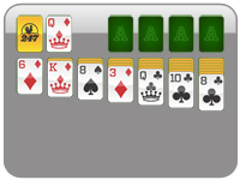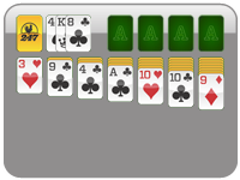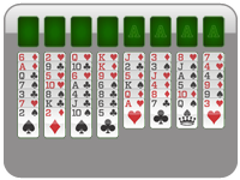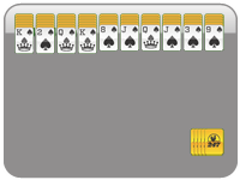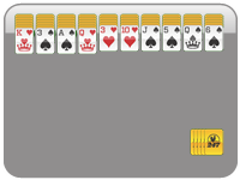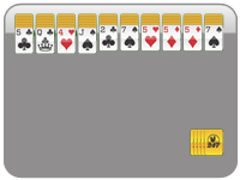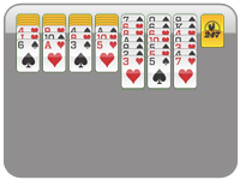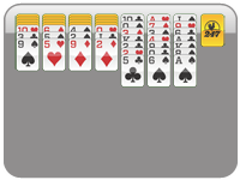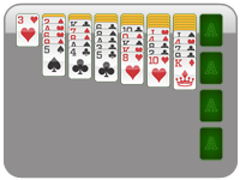How to Score in Mahjong
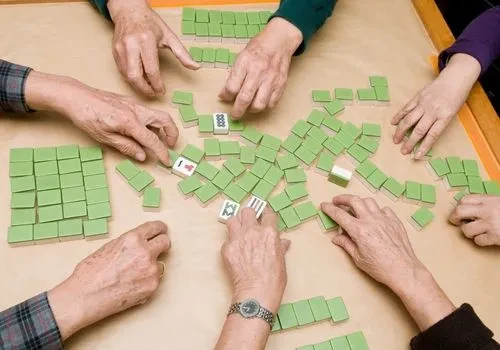
Scoring in mahjong can feel like a puzzle on top of a puzzle, but it doesn't have to. This guide explains how points work in the four systems you'll meet most: Hong Kong/Cantonese, Chinese Official (MCR), Japanese Riichi, and American (NMJL).
We'll cover what they share (self-draw vs. discard, dealer bonuses, limits) and what's unique (fan/han/fu math or reading the NMJL card). Pick the ruleset your group uses, keep a one-page cheat sheet nearby, and you'll be scoring with confidence by your next round.
The Big Picture: Shared Scoring
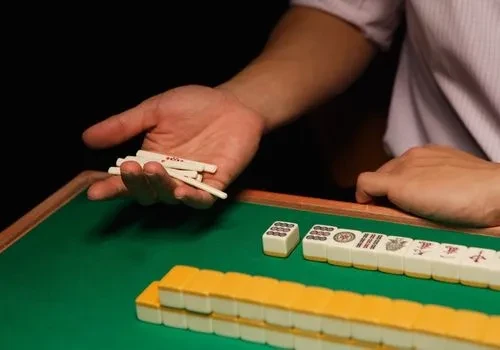
Across rulesets, the same scoring logic shows up. One player wins the hand, and the others pay. If you win on a discard, the discarder usually pays more; if you win by self-draw, each opponent pays, and the total is often higher. The dealer (East) is a modifier too: dealer wins typically earn extra, and dealer losses can cost extra.
Most tables also use caps or limit hands to prevent runaway scores. Another common thread is a minimum to win, such as a required yaku/han, a minimum faan, or a set point threshold. In American Mahjong, the minimum is determined by the lines printed on the annual card.
Before you start, agree on table stakes, bonuses (e.g., self-draw, jokerless, flowers/dora usage), and rounding rules. Once those are clear, you can convert any valid hand into points quickly and consistently.
Different Scoring Methods in Mahjong
Now that you've got the shared ideas, let's see how they play out in real rulesets of the four common systems:
How Hong Kong/Cantonese Scoring Works (Old HK style)
Hong Kong (Cantonese) mahjong scores with fan (faan). These are bonus units you earn from the shape of your winning hand. Before you start, the table agrees on a minimum fan to win (often one to three). You then add up fan from common sources such as dragon pungs, own or prevailing wind pungs, concealed hand, self-draw, all pungs, mixed or pure one-suit hands, kongs, and any flowers your table counts.
After you total the fan, you convert the fan to points using your table's fan-to-points chart or doubling schedule. Most groups also apply modifiers:
- Dealer (East): Dealer wins usually pay extra; dealer losses often cost extra.
- Win method: Self-draw typically increases what others pay; discard wins charge the discarder more.
- Caps/limits: Many tables set a limit hand or point cap to control very high scores.
Settlement is straightforward once you know the chart: on a discard win, the discarder usually pays the larger share; on a self-draw win, all opponents pay. Exact amounts vary by house rules, so confirm the minimum fan, the conversion table, whether flowers count, and any caps before play.
How Chinese Official/MCR Scoring Works
This system uses a points-based system built from a catalog of scoring elements (often called the "81 patterns"). To win, your hand must total at least 8 points from these elements before you declare mahjong. After winning, you add up all applicable elements such as specific melds, suit patterns, hand states, and win methods (self-draw, last tile, etc.).
Some combinations are high value, and there are limit hands that cap at a maximum point total. MCR typically plays with 136 tiles (no Flowers/Seasons), so all points come from the hand's structure and the way you win. Settlement is straightforward: if you win on a discard, the discarder pays the full amount; if you win by self-draw, all opponents pay. There's no dealer bonus in standard MCR, so the position does not change the payout. In practice, you:
- Verify your hand meets the 8-point minimum.
- Total every valid scoring element,
- Apply any caps, and
- Settle according to win method.
How Japanese Riichi Scoring Works
Riichi requires at least one yaku to win; without a yaku, you cannot claim a hand even if it is complete. Hand value is measured with han (from yaku and dora) and fu (from the hand's shape, waits, and whether it is concealed). You calculate fu (rounded up to the next 10) and then compute basic points using a standard formula. High-value results then jump to limit tiers, such as mangan, haneman, baiman, sanbaiman, or yakuman.
Settlement depends on how you won and seat position: a ron (win on a discard) is paid entirely by the discarder, while a tsumo (self-draw) is split among opponents, with the dealer paying or receiving more. Payments are taken from tables and rounded to the nearest 100. Declaring riichi locks your hand but adds yaku potential and access to ura-dora; dora add han but are not yaku by themselves.
How American (NMJL) Scoring Works
American mahjong scoring is card-based: only hands printed on the annual NMJL card are valid, and each line shows its point value. To score, your 14 tiles must match a line exactly, regardless of whether the hand is concealed or exposed. There's no fan/han math; once you declare "Mah Jongg!", you take the printed value for that line.
House rules set settlement, but a common approach is: on a discard win (ron), the discarder pays double and the other two pay single; on a self-pick (tsumo), all three opponents pay double. Many tables also use bonuses (e.g., jokerless double) or special notes on the current card. With this system, you have to remember that:
- Jokers are wild only in sets of three or more (not in pairs or singles)
- Flowers are ordinary tiles required by some lines (they don't score by themselves)
Before playing, agree on the year's card, table stakes, and any bonuses/caps.
Common Mistakes

You've seen how each ruleset handles points; now comes the part where most players slip. Even with the basics down, small errors in counting, calling, or reading the rules can cost big. Here are the most common mistakes to watch for:
- Forgetting the minimum to win (HK faan, MCR 8 points, Riichi yaku).
- Miscounting fu/han/fan or double-counting elements that cannot stack.
- Ignoring dealer modifiers and self-draw vs. discard payment differences.
- Misreading the NMJL card (color indicates suit groupings, not tile colors).
- Using jokers illegally in American mahjong (not for pairs or singles).
- Treating Flowers/Dora the same across rulesets; their roles vary widely.
- Skipping agreed caps/limits or rounding rules (e.g., Riichi to the nearest 100).
- Calling a tile you cannot legally use (concealed lines, wrong set size, out of turn).
- Mixing rules from different versions instead of confirming the table rules first.
- Failing to verify a hand before declaring can result in a dead hand or penalties.
Ready to Score Smarter? Play a Quick Round Online
Starting a quick online Mahjong round is a great way to get better at the game. Drill tile recognition, Winds/Dragons, and pattern spotting. These are the skills that make scoring at the table faster. Set a two-minute timer, clear one layout, then quiz yourself: which tiles showed up most, which discards look safe?
Two or three bite-sized sessions build speed without pressure. When you're ready, bring that confidence back to your next live Mahjong game. Try a game now!
Solitaire Games
More Solitaire Games
More Games
Solitaire News
Disclaimer
DISCLAIMER: The games on this website are using PLAY (fake) money. No payouts will be awarded, there are no "winnings", as all games represented by 247 Games LLC are free to play. Play strictly for fun.

